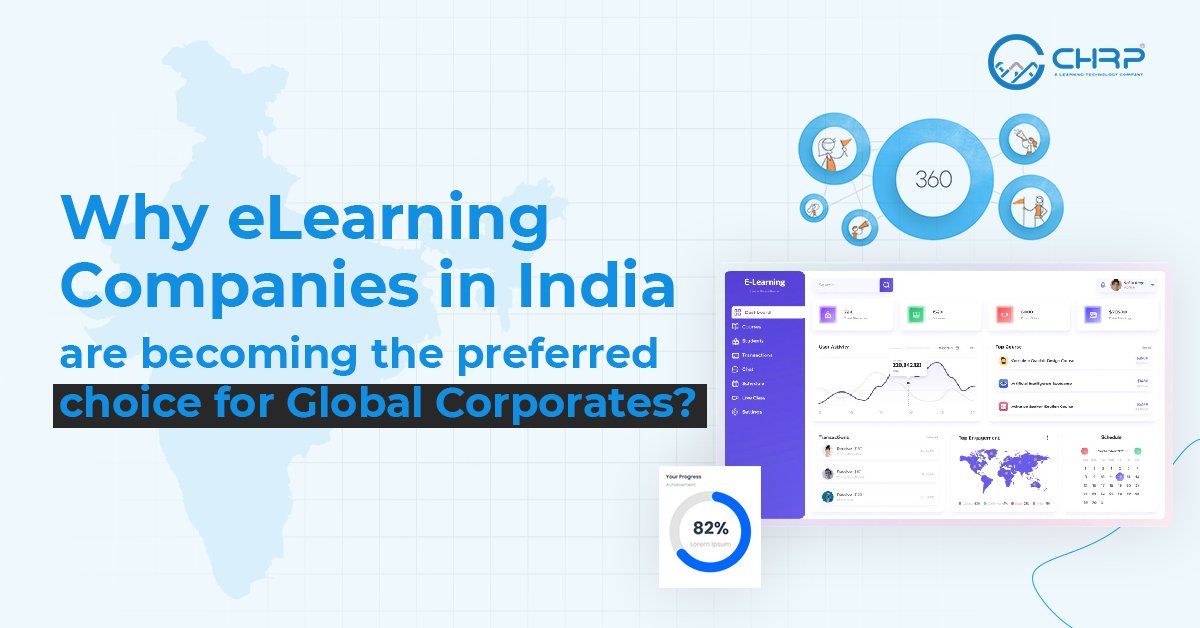Corporate training is no longer just about classrooms, schedules, and physical presence. With the rise of digital workplaces and remote teams, businesses in 2025 are asking: Is Instructor-Led Training still the best option, or has eLearning taken the lead?
The truth is, while Instructor-Led Training (ILT) has its strengths, eLearning is proving to be the smarter, faster, and more scalable solution for modern organizations.
Why Companies Still Use Instructor-Led Training (ILT)
ILT is the traditional way of training where employees learn directly from a trainer in a physical or virtual classroom. It works well for hands-on skills, workshops, and interactive discussions.
But in 2025, ILT faces big limitations:
- High cost of trainers, venues, and travel
- Difficult to scale for large or global teams
- Scheduling issues for busy employees
- Limited personalization for learners
This is why businesses are moving away from ILT and adopting digital-first training strategies.
Why eLearning Is Winning in 2025
1. Anywhere Learning
Employees can access courses on their laptops, tablets, or smartphones whenever it suits them. No fixed schedules, no waiting for a trainer.
2. Scalability Across Global Teams
With eLearning, a single course can be rolled out to thousands of employees worldwide, instantly. For growing organizations, this is a game-changer.
3. Cost Savings
Once developed, eLearning courses can be reused, updated, and scaled at a fraction of the cost of ILT. No recurring trainer fees or travel expenses.
4.Higher Engagement Through Interactivity
Modern eLearning uses videos, gamification, quizzes, AR/VR simulations, and branching scenarios to keep learners engaged. This often makes training more interactive than traditional classrooms.
5.Personalized Learning Paths
AI-powered eLearning platforms adapt to the learner’s pace, role, and skill level. This personalization is something ILT cannot deliver at scale.
6.Data-Driven Insights
Learning Management Systems (LMS) track progress, completion rates, and performance metrics. Managers can see exactly how employees are learning-something ILT struggles to measure.
7. Faster Updates for Changing Needs
Business requirements change quickly. With eLearning, courses can be updated and shared instantly. ILT, on the other hand, takes weeks to reschedule.
8. Mobile-First Workforce
In 2025, employees expect training to fit into their daily lives – whether during a commute, break, or while traveling. eLearning’s mobile-friendly design makes this possible.
9. Supports Remote & Hybrid Work Culture
As hybrid work becomes the norm, eLearning ensures that employees can learn from anywhere without being tied to an office or classroom.
10. Future-Ready with AR, VR & AI
The future of eLearning is even more powerful:
- Virtual Reality (VR) for safe, immersive simulations
- Augmented Reality (AR) for learning while on the job
- AI tutors and chatbots for real-time support
ILT cannot match this level of innovation and adaptability.
The Future: Blended Learning, But eLearning Leads
Some companies may still use ILT for highly interactive workshops or leadership programs. However, the future is blended learning, where ILT plays a supporting role and eLearning takes the lead in delivering scalable, flexible, and cost-effective training.
Final Thoughts
In 2025, the choice is clear: eLearning is more effective, scalable, and future-ready than Instructor-Led Training.
Companies that adopt eLearning will:
✅ Save time and costs
✅ Train global teams without barriers
✅ Keep employees engaged with interactive, mobile-friendly learning
✅ Stay future-ready with AR, VR, and AI-powered training
At CHRP-India, we specialize in custom eLearning development that transforms how organizations train their workforce.
Contact us today to explore how eLearning can make your training programs faster, smarter, and future-proof.



